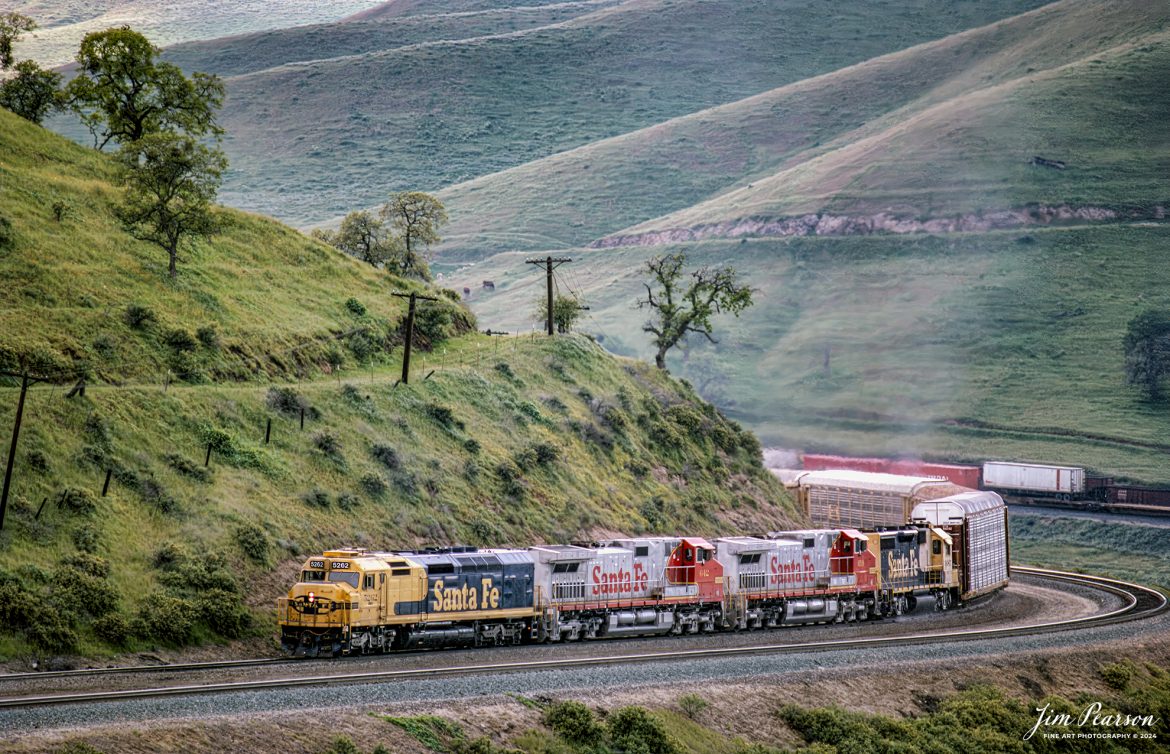Southern Pacific locomotive 327 passes the signals in Tennessee Pass, Colorado, in this slide shot from the early 1990’s before Southern Pacific merged with Union Pacific.
According to the Southern Pacific History Center website, On February 1, 1997, Southern Pacific Transportation Company and the Union Pacific Railroad were formally merged. Union Pacific was merged into SPTC and the name was simultaneously changed from SPTC to the new Union Pacific Railroad.
According to Wikipedia: Tennessee Pass elevation is 10,424 ft (3,177 m) and is a high mountain pass in the Rocky Mountains of central Colorado in the United States. The pass was named after Tennessee, the native state of a group of early prospectors.
In 1996, UP bought Southern Pacific. UP preferred the Moffat Tunnel for routing traffic. The last revenue train went over the Tennessee Pass on August 23, 1997. Soon after UP ran this last train, UP applied to the Surface Transportation Board for permission to abandon the line.
The Royal Gorge Route Railroad currently offers scenic, tourist rail trips on 12 miles of the Tennessee Pass Line west of Cañon City. No freight has been shipped on the Tennessee Pass Line since 1997.
Union Pacific began actively discussing the sale of the line to Colorado Pacific in 2019, for an amount of $10 million. Colorado Pacific wanted to pay only the $8.8 million that the line was valued at. After a long battle in court, it was declared that they would not force a sale, but if other evidence was found, Colorado Pacific could re-file the report. As of October 2020, Colorado Pacific attempted another forced sale, this time saying they’ll run passenger/excursion service over the route. Union Pacific responded by stating they were in active negotiations for Rio Grande Pacific to operate the line and were opposed to Colorado Pacific’s bid. On December 31, 2020, Rio Grande Pacific subsidiary Colorado, Midland & Pacific Railway Company, announced it had entered in an agreement with Union Pacific to explore reopening, leasing and operating the line for both potential commuter and freight services.
Tech Info: Nikon F3 Film Camera, exposure not recorded.
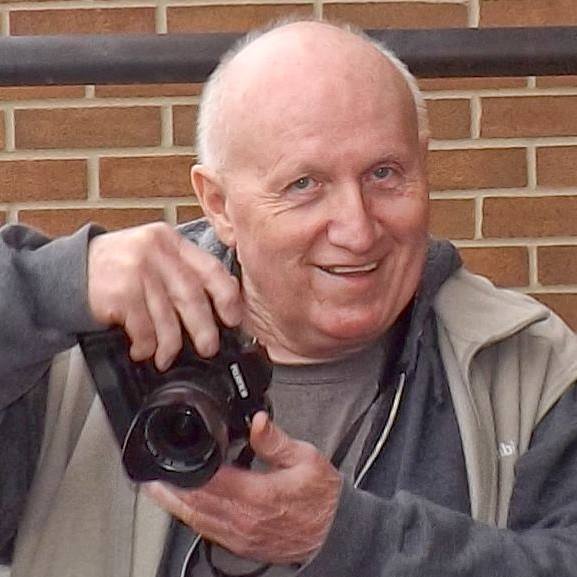
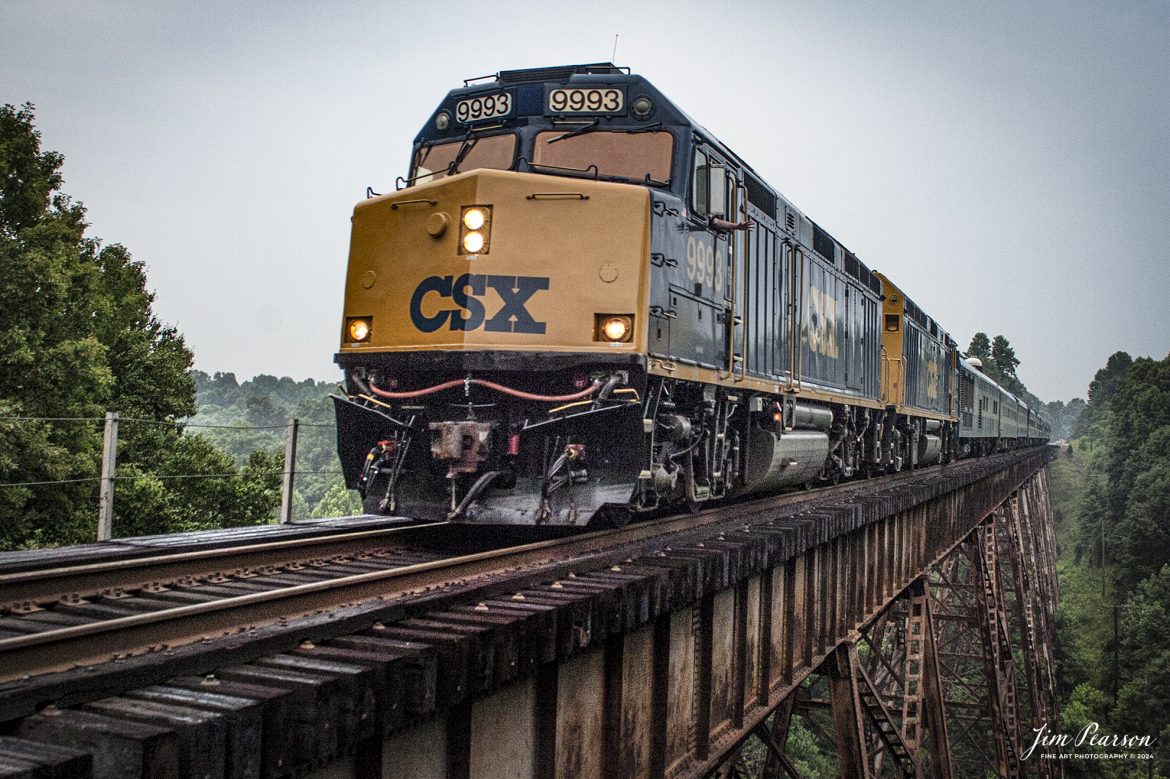
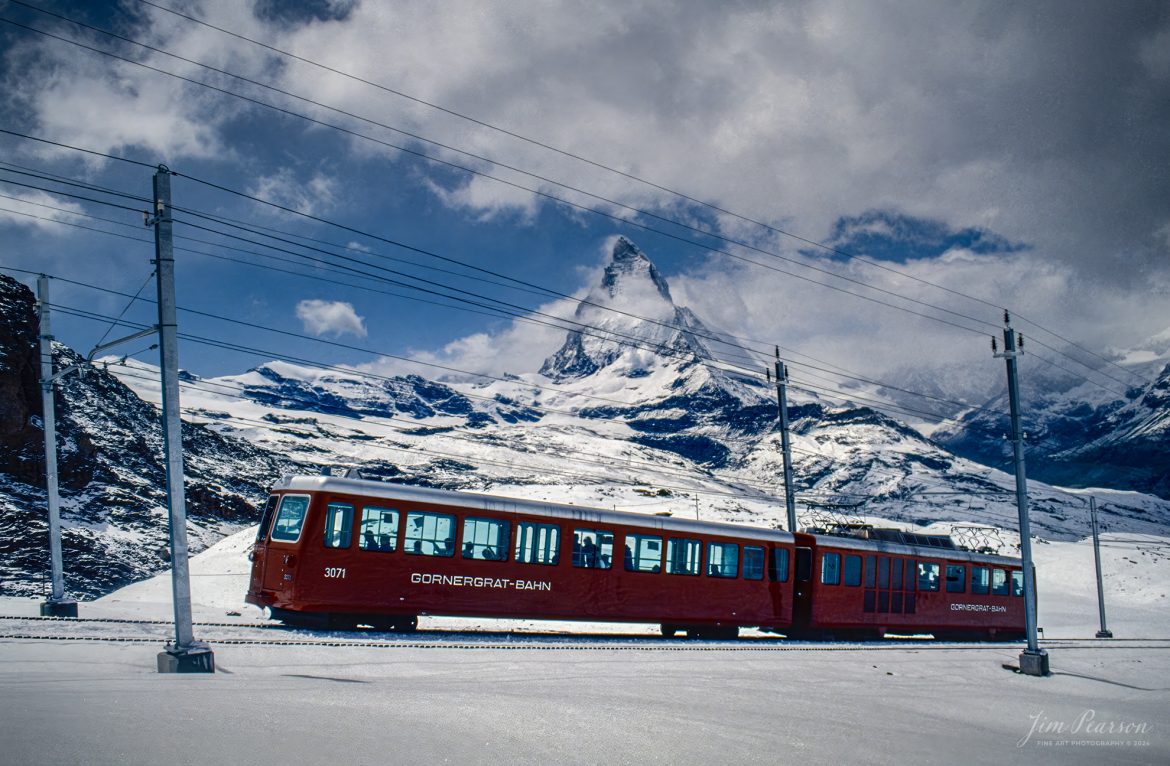


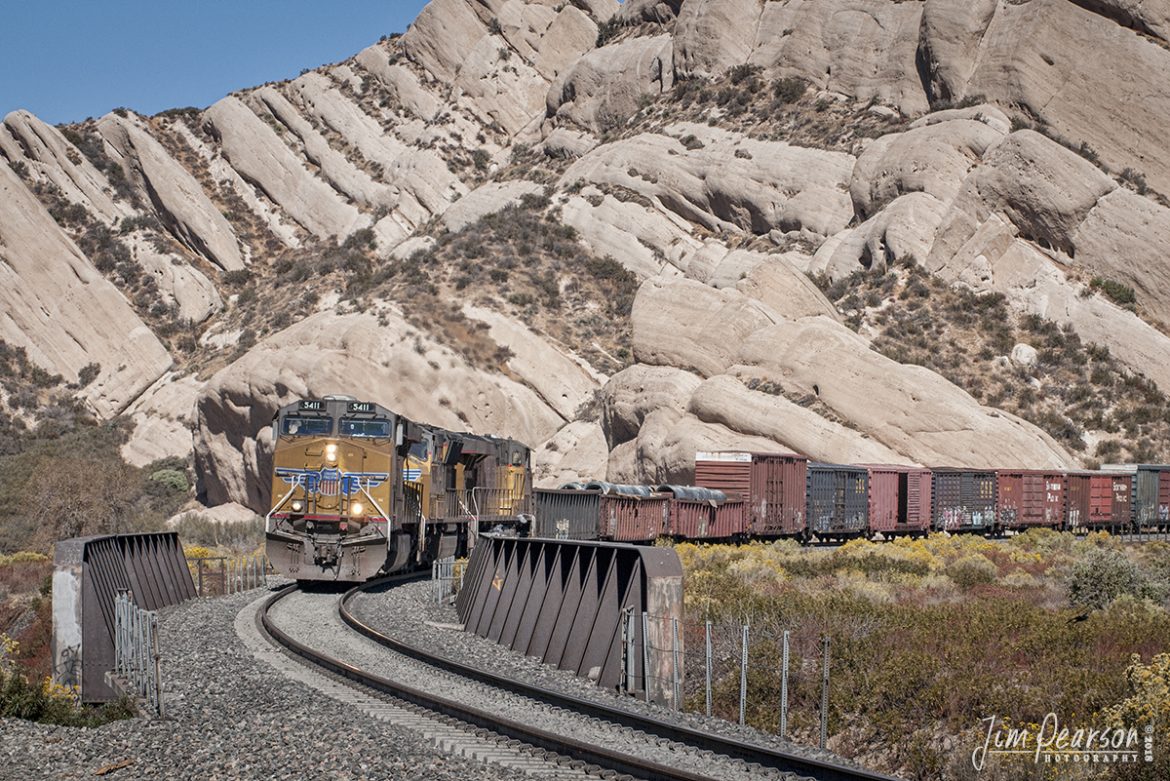
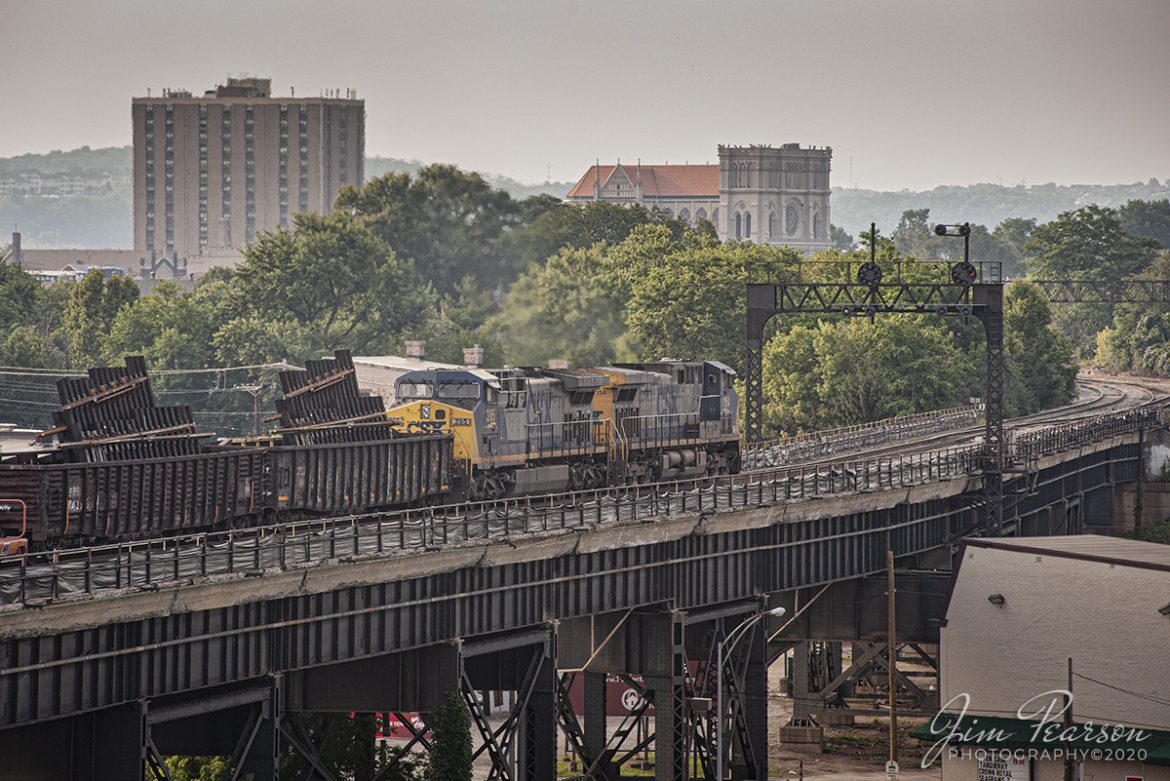
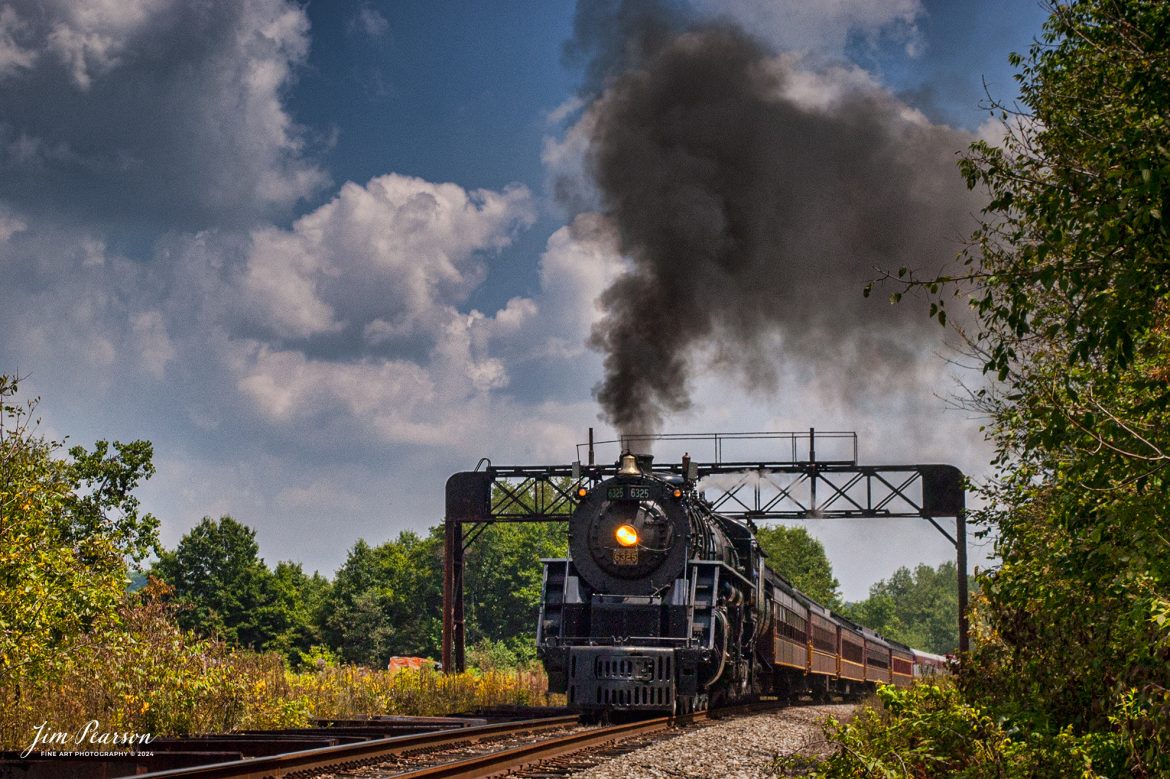

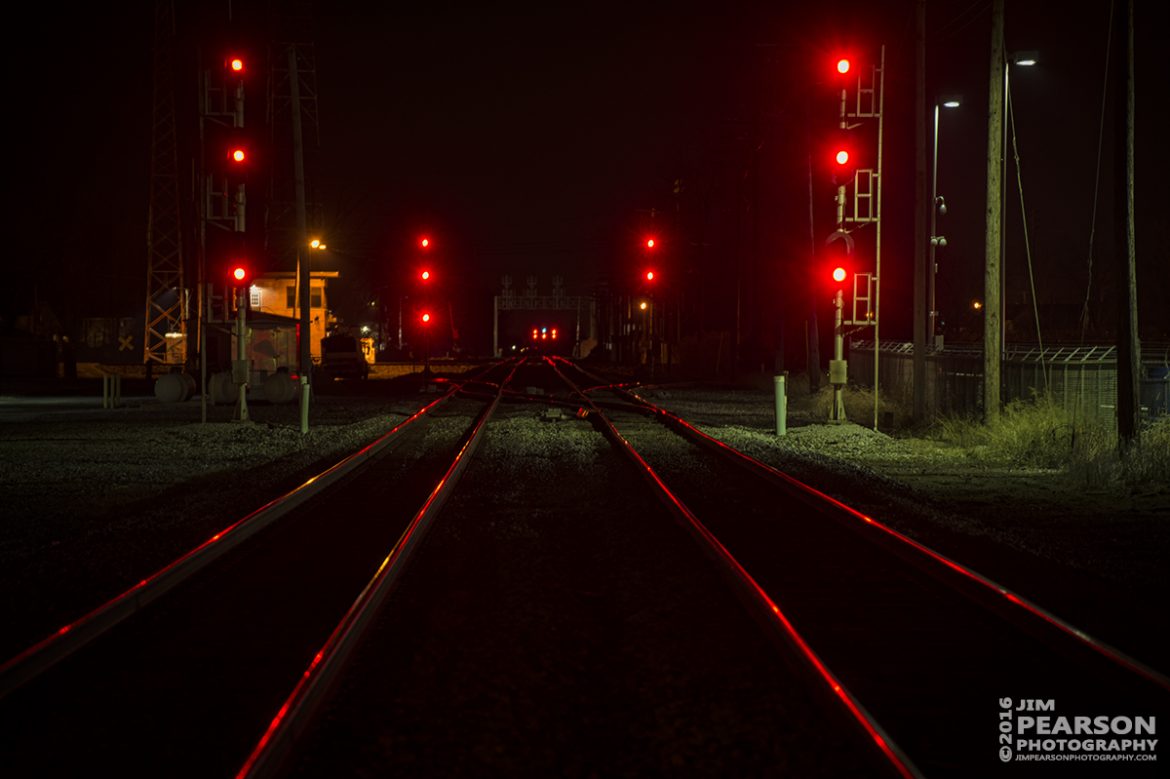
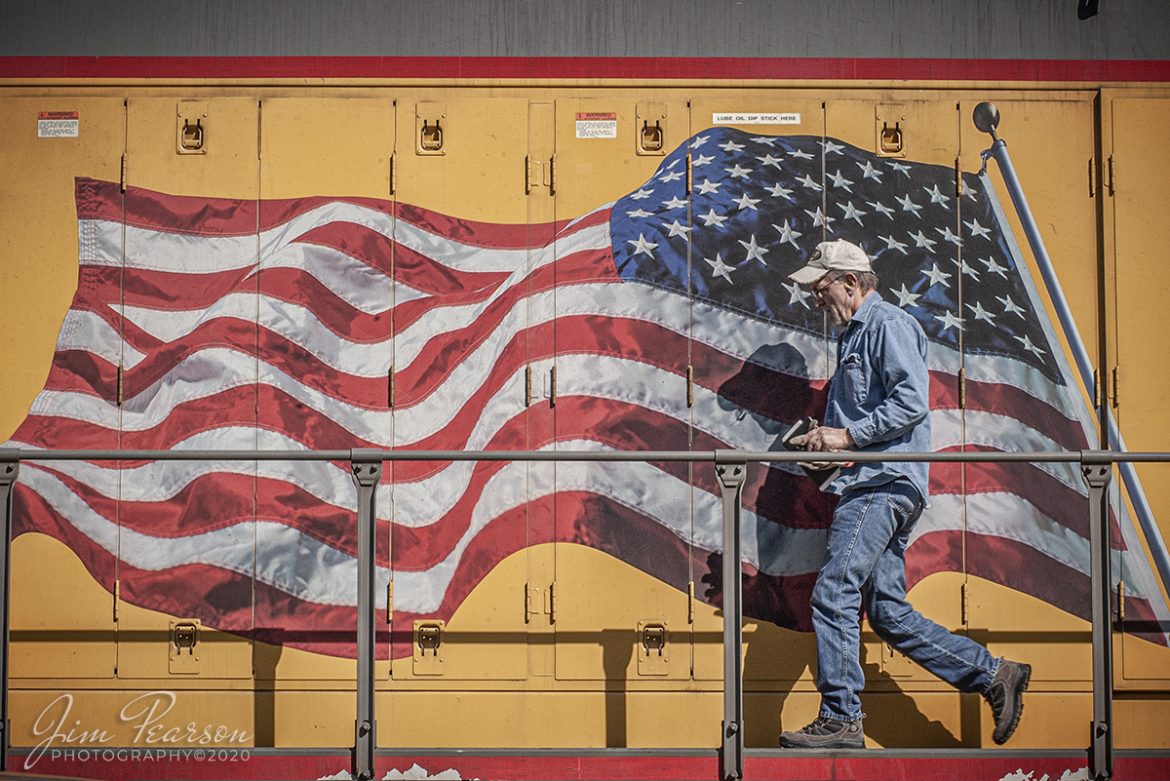
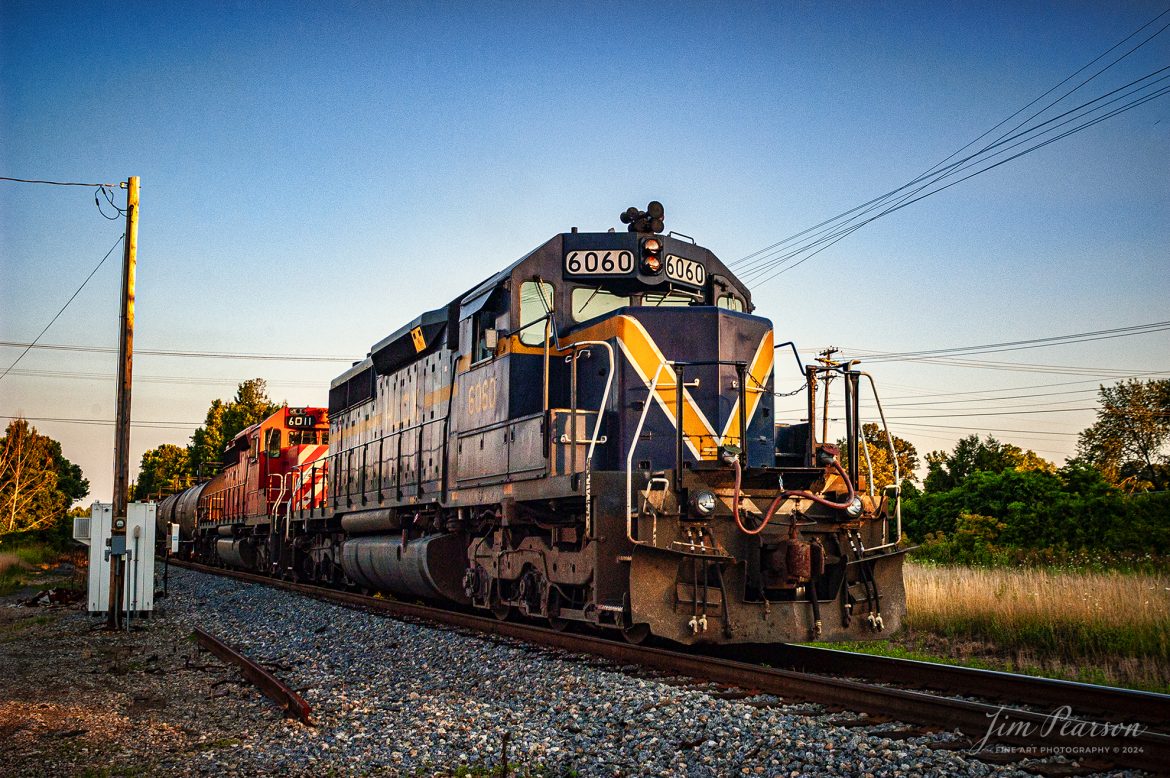

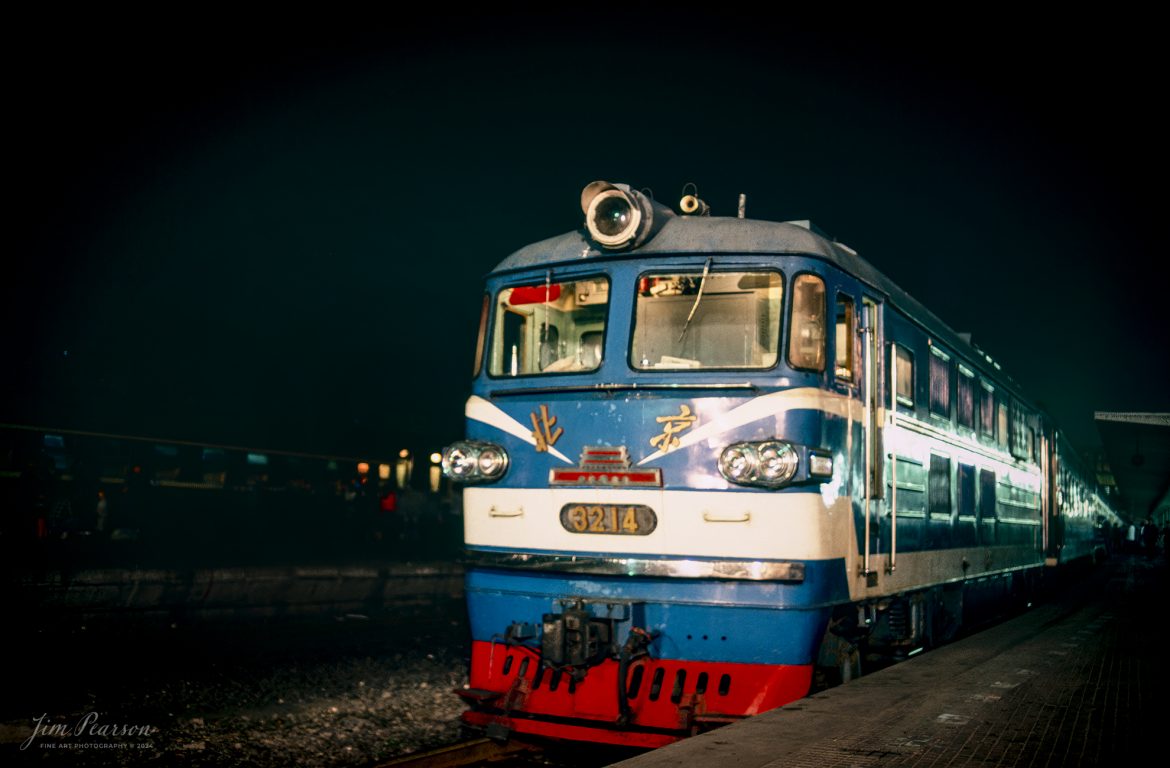
![Santa Fe 5404 leads 8 locomotives as they climb upgrade through the Tehachapi Pass in central California in during early 1995 passing a caboose parked in a house track. Unfortunately I can't remember off the top of my head where this spot is at or what it's called. Anyone know?
According to Wikipedia: Tehachapi Pass (Kawaiisu: Tihachipia, meaning "hard climb") is a mountain pass crossing the Tehachapi Mountains in Kern County, California. Traditionally, the pass marks the northeast end of the Tehachapi’s and the south end of the Sierra Nevada range.
The route is a principal connector between the San Joaquin Valley and the Mojave Desert. The Native American Kitanemuk people used the pass as a trade route before the American settlement of the region in the 19th century. The main line of the former Southern Pacific Railroad opened though the pass in 1876;[4] the tracks are now owned by the Union Pacific Railroad and shared with BNSF Railway as the Mojave Subdivision. U.S. Route 466 was built in the 1930s, and the road is now State Route 58. The Pass is also the route of the planned California High-Speed Rail line.
Tech Notes: Nikon F3 Film Camera, Nikon 300mm, f/stop and shutter speed not recorded
#railroad #railroads #train #trains #bestphoto #railroadengines #picturesoftrains #picturesofrailway #bestphotograph #photographyoftrains #trainphotography #JimPearsonPhotography](https://www.jimpearsonphotography.com/wp-content/uploads/2024/06/WEB-03.1995-SF-5404-in-the-Tehachapi-Pass-1170x762.jpg)
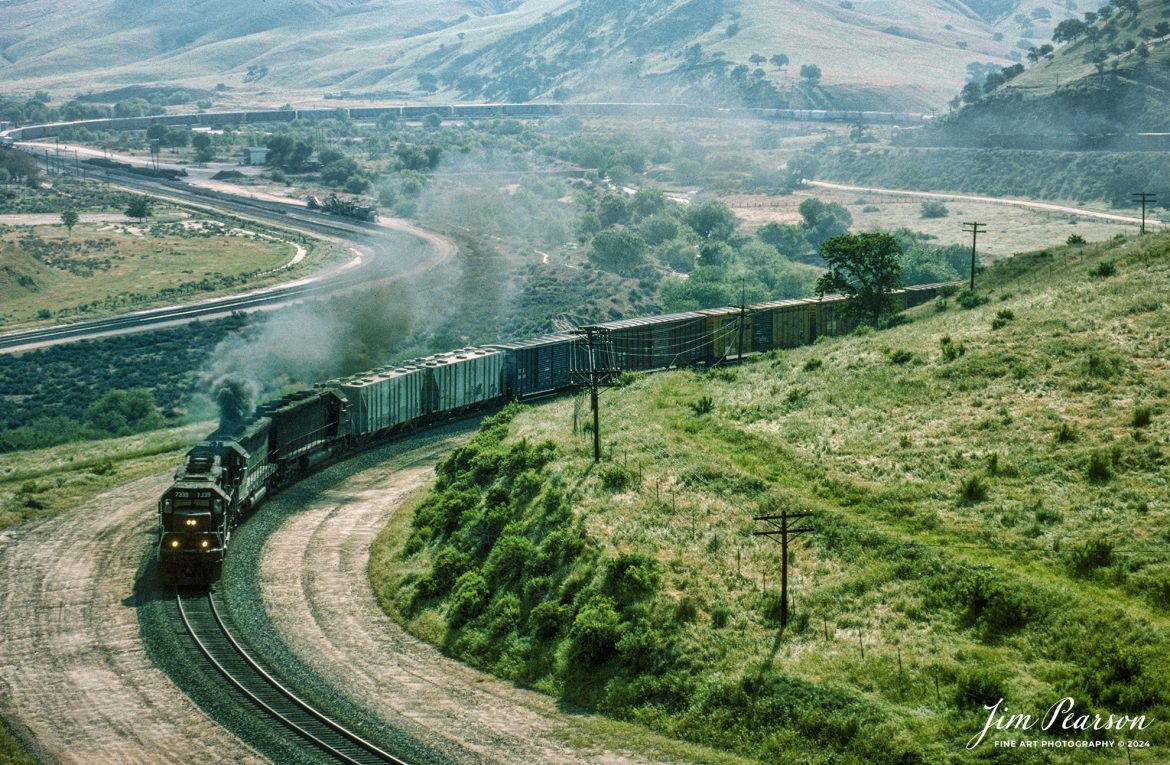
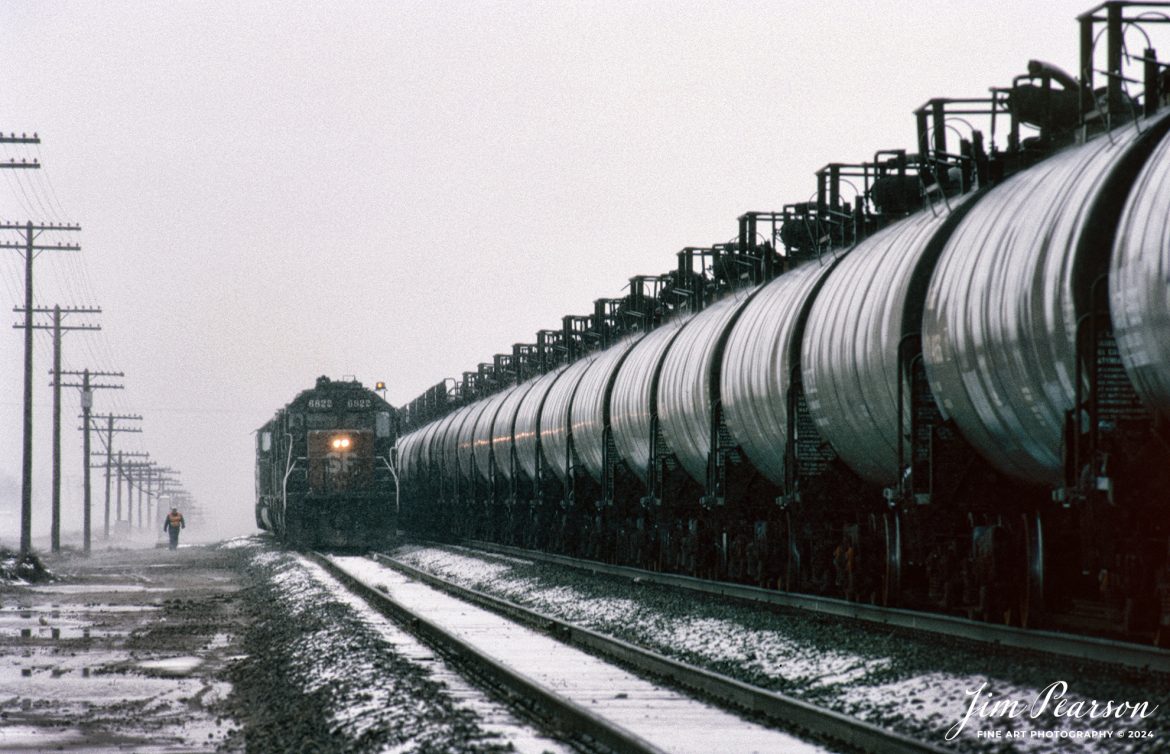
![Santa Fe 947 leads the way as it climbs upgrade through the Tehachapi Pass in northern California in August of 1995.
According to Wikipedia: Tehachapi Pass (Kawaiisu: Tihachipia, meaning "hard climb") is a mountain pass crossing the Tehachapi Mountains in Kern County, California. Traditionally, the pass marks the northeast end of the Tehachapi’s and the south end of the Sierra Nevada range.
The route is a principal connector between the San Joaquin Valley and the Mojave Desert. The Native American Kitanemuk people used the pass as a trade route before the American settlement of the region in the 19th century. The main line of the former Southern Pacific Railroad opened though the pass in 1876;[4] the tracks are now owned by the Union Pacific Railroad and shared with BNSF Railway as the Mojave Subdivision. U.S. Route 466 was built in the 1930s, and the road is now State Route 58. The Pass is also the route of the planned California High-Speed Rail line.
Tech Notes: Nikon F3 Film Camera, Nikon 300mm, f/stop and shutter speed not recorded
#railroad #railroads #train #trains #bestphoto #railroadengines #picturesoftrains #picturesofrailway #bestphotograph #photographyoftrains #trainphotography #JimPearsonPhotography](https://www.jimpearsonphotography.com/wp-content/uploads/2024/05/WEB-08.1995-SF-947-climbs-the-grade-in-Tehachapi-Pass.jpg)
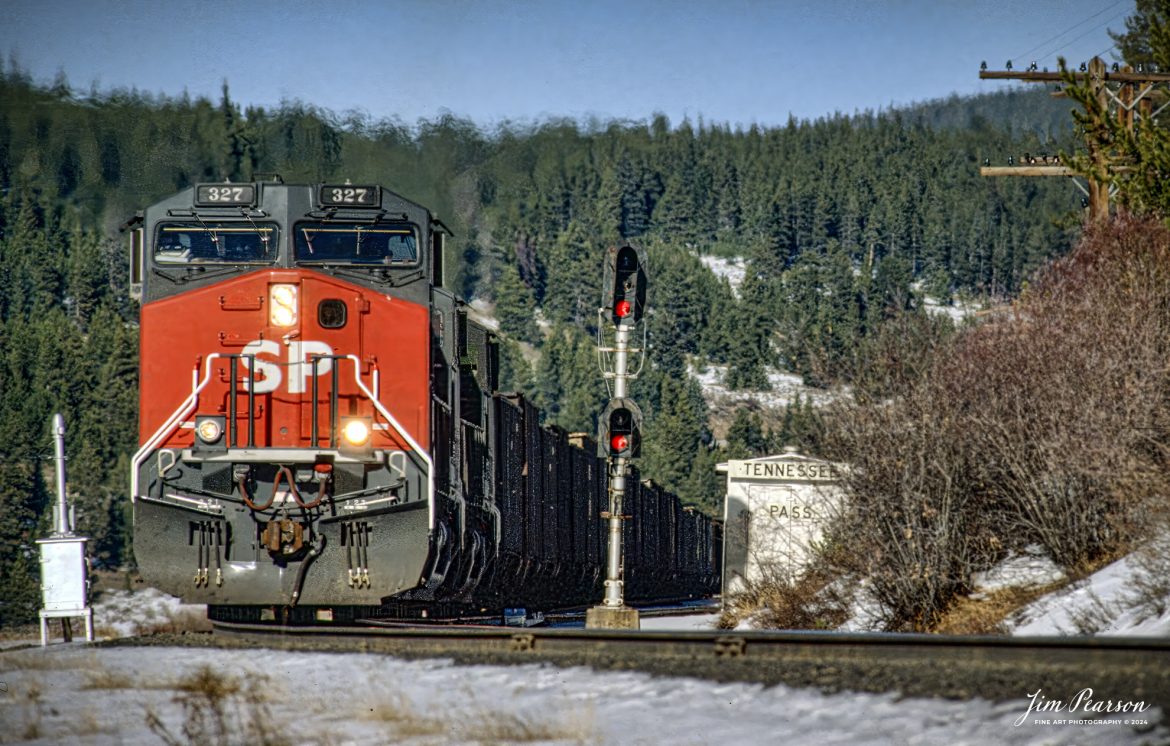
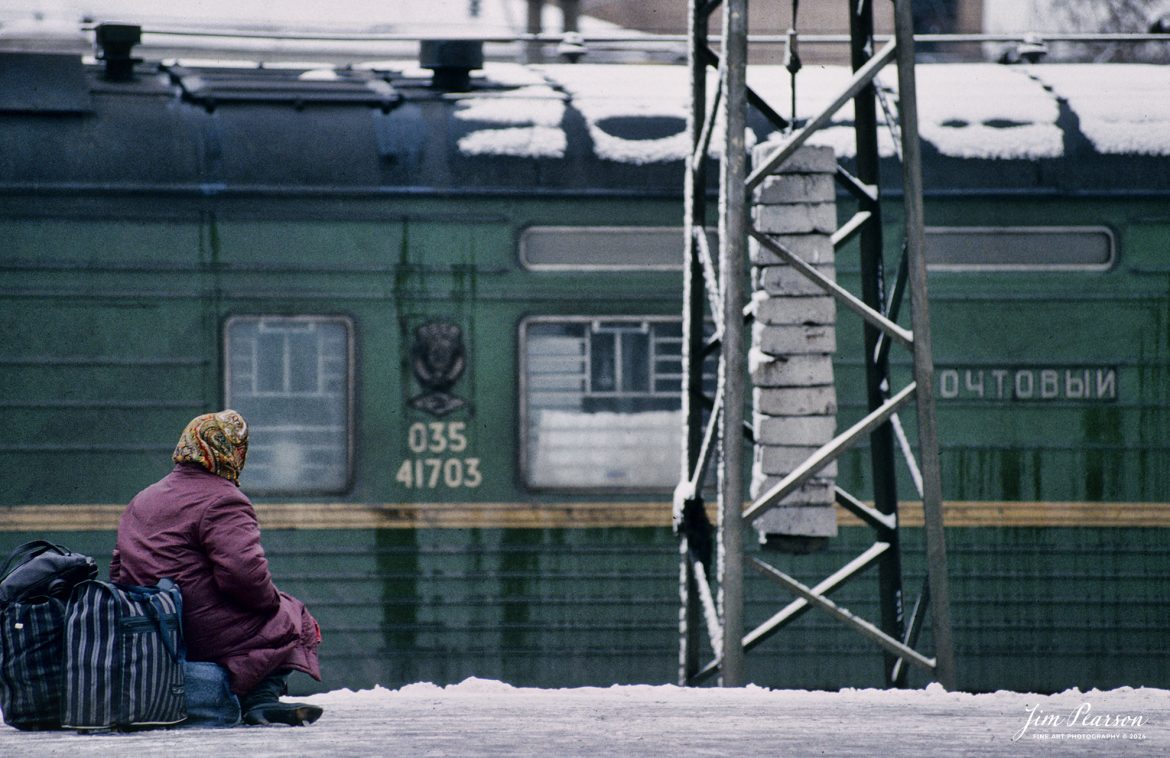
![A Loram Rail grinder makes its way through the Cajon Pass in Southern California in April of 1995.
I spent a lot of years railfanning the pass between 1981 and 1995! It's a great place to catch trains and I've been back several times over the years since then.
In fact I'm headed back again this coming September for a week or so to see how much it has changed since I was last there several years ago. In fact, it was before I had a drone, so I'm really looking forward to railfanning from the air this next trip!
According to Wikipedia: Cajon Pass is a mountain pass between the San Bernardino Mountains to the east and the San Gabriel Mountains to the west in Southern California. Created by the movements of the San Andreas Fault, it has an elevation of 3,777 ft (1,151 m).[1] Located in the Mojave Desert, the pass is an important link from the Greater San Bernardino Area to the Victor Valley, and northeast to Las Vegas. The Cajon Pass area is on the Pacific Crest Trail.
Cajon Pass is at the head of Horsethief Canyon, traversed by California State Route 138 and railroad tracks owned by BNSF Railway and Union Pacific Railroad. Improvements in 1972 reduced the railroad's maximum elevation from about 3,829 to 3,777 feet (1,167 to 1,151 m) while reducing curvature. Interstate 15 does not traverse Cajon Pass, but rather the nearby Cajon Summit. The entire area, Cajon Pass and Cajon Summit, is often referred to as Cajon Pass, but a distinction is made between Cajon Pass and Cajon Summit.
Nikon F3 Camera, Nikon 300mm lens, f/stop and shutter speed not recorded](https://www.jimpearsonphotography.com/wp-content/uploads/2024/04/WEB-04.1995-LoRam-in-Cajon-Pass-1170x762.jpg)
